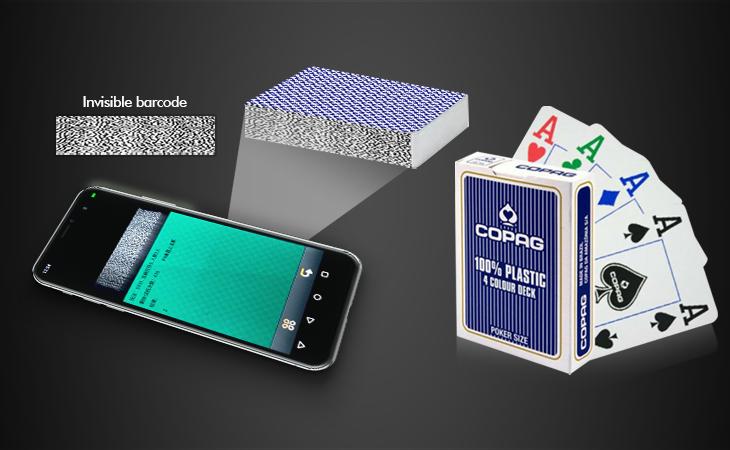
In the world of card games, the edge is everything. Players are always looking for ways to gain an advantage over their opponents. One such method that has gained popularity in recent years is the use of barcode cards.
The Intricate Technology of Barcode Cards
The Invisible Ink
The first component of this technology is the invisible ink used to print the barcodes. This ink is typically made from a compound that doesn’t absorb or reflect visible light, making it appear transparent or non-existent to the naked eye. However, when exposed to certain types of light, such as infrared or ultraviolet, the ink absorbs and reflects this light, making the barcode visible to a specialized scanner.
The Barcode
The barcode itself is a unique pattern of parallel lines that can be decoded to reveal specific information. In the case of barcode cards, this information typically corresponds to the identity of the card. The barcode is printed on the edge of the card, allowing it to be scanned and read while the card is in a deck or a hand.
The Scanner
The scanner, often integrated into a calculator for poker, is a device equipped with a light source (usually infrared or ultraviolet) and a light sensor. When the light source illuminates the barcode, the invisible ink absorbs and reflects the light. The light sensor then detects this reflected light and converts it into an electrical signal that can be processed and decoded to reveal the information contained in the barcode.
The Decoder
The decoder is a software algorithm that interprets the electrical signal from the scanner and converts it into meaningful information. In the context of barcode cards, this would be the identity of the card. The decoder is typically integrated into the same device as the scanner.
The Power of Barcode Cards
Imagine being able to know the identity of a card without even looking at its face. This is the power that barcode cards bring to the table. These are not your ordinary poker playing cards. They are embedded with invisible barcodes that can be read by a special scanner or a calculator for poker.
A Game-Changing Example
Let’s consider a real-world example. In a high-stakes poker game, a player equipped with a calculator for poker that can read barcode cards would have a significant advantage. They could know the value of the cards in the deck before they are even dealt. This information could be used to make more informed decisions and increase the chances of winning.
Conclusion
In conclusion, barcode cards represent a significant advancement in the world of card games. They offer players a new way to gain an edge in their games, making each hand more exciting and unpredictable. As technology continues to evolve, who knows what the future holds for the world of card games?
For more information about barcode playing cards, please refer to:Technology Behind Barcode Playing Cards


